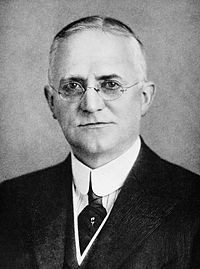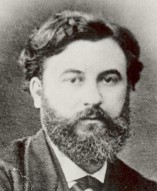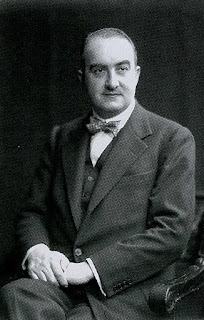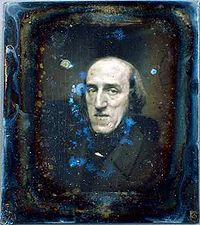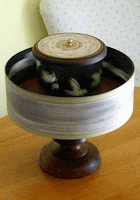Thomas Edison - Inventor

Thomas Edison Thomas Alva Edison (February 11, 1847 – October 18, 1931) was an American inventor and businessman, who has been described as America's greatest inventor. He developed many devices that greatly influenced life around the world, including the phonograph , the motion picture camera , and the long-lasting, practical electric light bulb . Dubbed "The Wizard of Menlo Park", he was one of the first inventors to apply the principles of mass production and large-scale teamwork to the process of invention, and because of that, he is often credited with the creation of the first. Edison was a prolific inventor , holding 1,093 US patents in his name , as well as many patents in the United Kingdom, France, and Germany. More significant than the number of Edison's patents was the widespread impact of his inventions: electric light and power utilities , sound recording , and motion pictures all established major new industries worldwide. E
